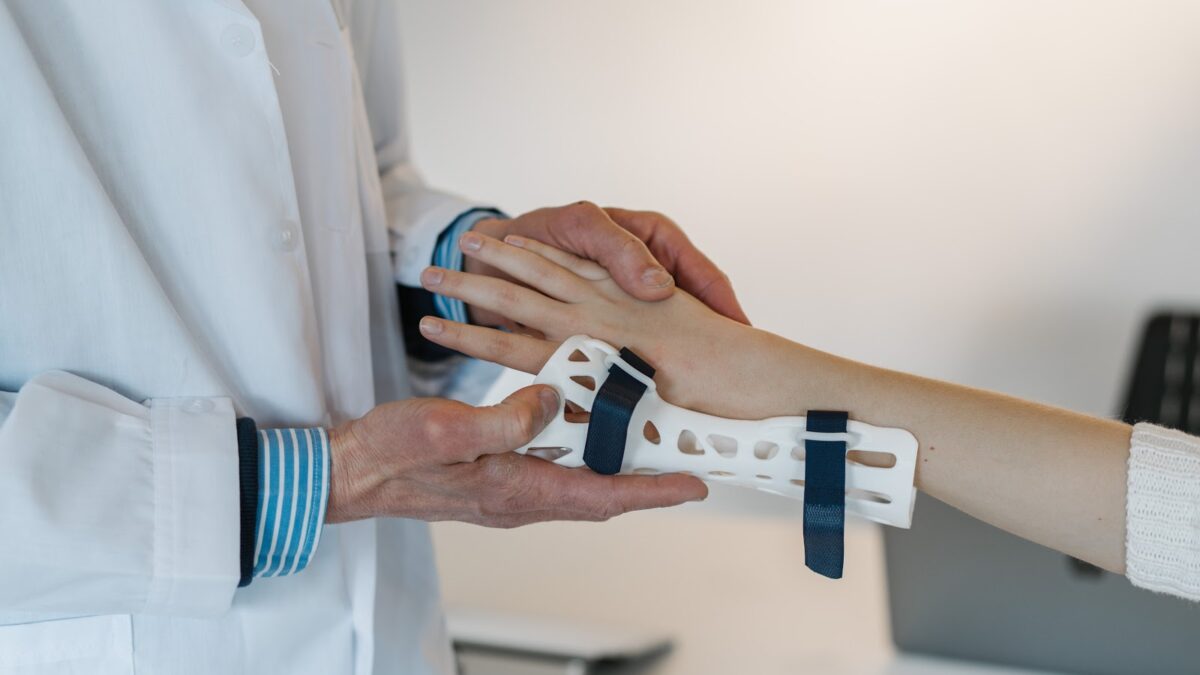Orthopaedics focus on the care of the musculoskeletal system. This is made of bones, muscles, ligaments, joints and tendons. Therefore, orthopaedic surgery is focused on treating various types of musculoskeletal issues that result from sports injuries, back problems as well as joint pains.
This article focuses on an overview of orthopaedic surgery. It outlines the process involved and what to expect during the orthopaedics surgery.
There are several experts involved in orthopaedics surgery. They help in carrying out the surgery for the best results. The team include;
- Physicians’ assistants
- Occupational therapists
- Nurse practitioners
- Athletic trainers
Orthopaedic surgery is aimed at treating several problems some of which may be present from birth while there may be acquired as a result of age-related causes or injury. Some of the conditions that orthopaedics surgery aims at treating include;
- Joint pain resulting from arthritis
- Soft tissue pains and injuries
- Bone fractures
- Neck pain
- Back pain
- Carpal tunnel syndrome
- Shoulder problems such as bursitis
- Sports injuries such as tendinitis, meniscus tear, ACL (anterior cruciate ligament) tear
What to Expect
Orthopaedic surgery has some processes to go through before the actual surgery is conducted. Some of these steps include;
Diagnosis – The first appointment will work to make sure that the problem is property diagnoses. This involves x-rays and physical examination. Depending on the extent of the condition, an additional test might be required. Some of the testing procedure include;
- CT scan
- MRI scan
- Bone scan
- Blood test
- Nerve conduction studies
- Ultrasound
In-office procedure – Some conditions might be office procedures. Some of these include manipulation of a fracture or dislocation. An orthopaedist can use splints, brace or cast to treat some of these conditions.
Treatment option – Several treatment options can be used during orthopaedics surgery. Depending on the condition someone the treatment options include;
- Anti-inflammatory medications
- Rehabilitation
- Physical therapy
- Injections
- Motility aids
- Acupuncture
- Home exercise programs
- Surgery
Surgery is usually the last option when all these above treatments do not apply to a certain situation. The surgeries options include’
- Total joint replacement – This helps reset a damaged joint with prosthesis
- Arthroscopic surgery – This involves the insertion of a camera in the join or other parts to diagnose bone problems
- Fracture repair surgery – This surgery helps repair severely damaged bone
- Bone Grafting – This involves getting a bone from another part of the body and use it somewhere to strengthen damaged bones
- Spinal fusion – This surgery is used to adjoining vertebrae if your spice
Are you looking for an orthopaedic surgeon near you? Look no further, Westside Private is the best place to look. Check out Westside Private for more information.


